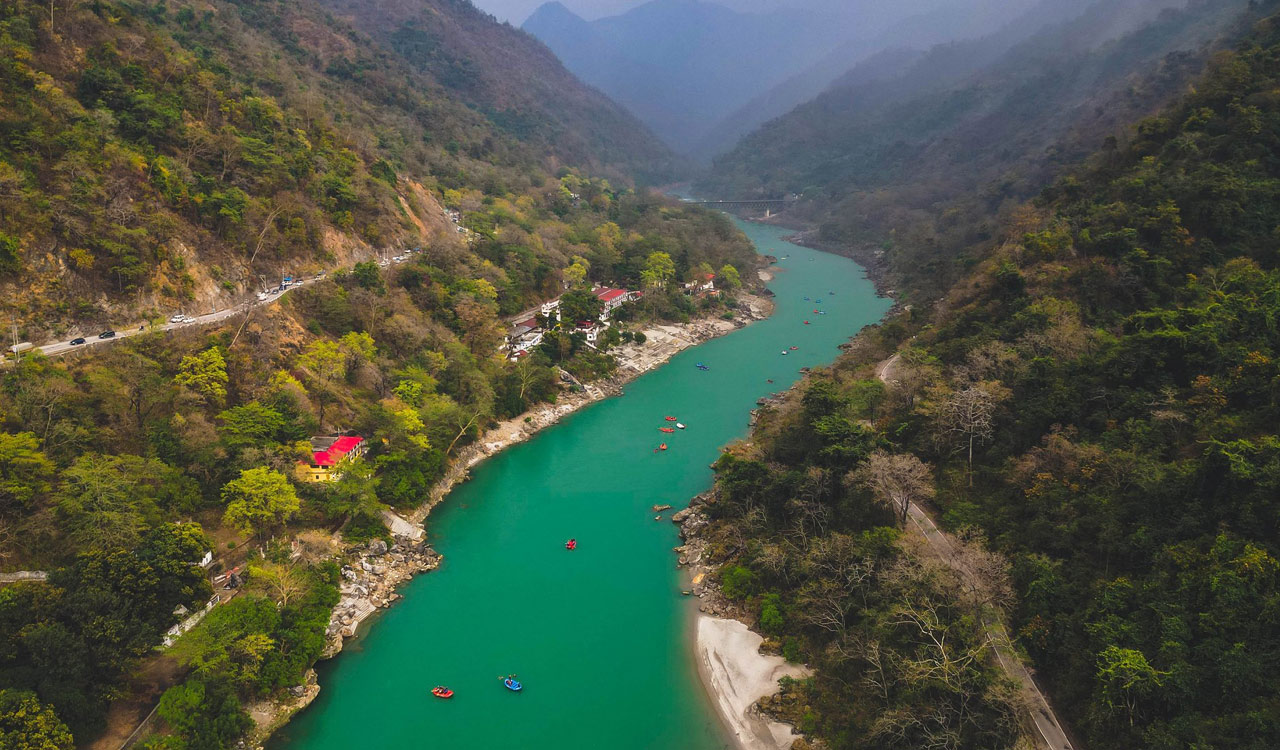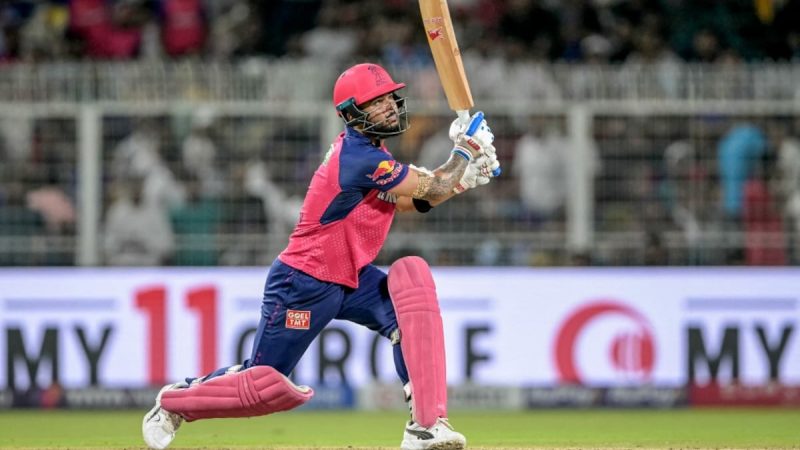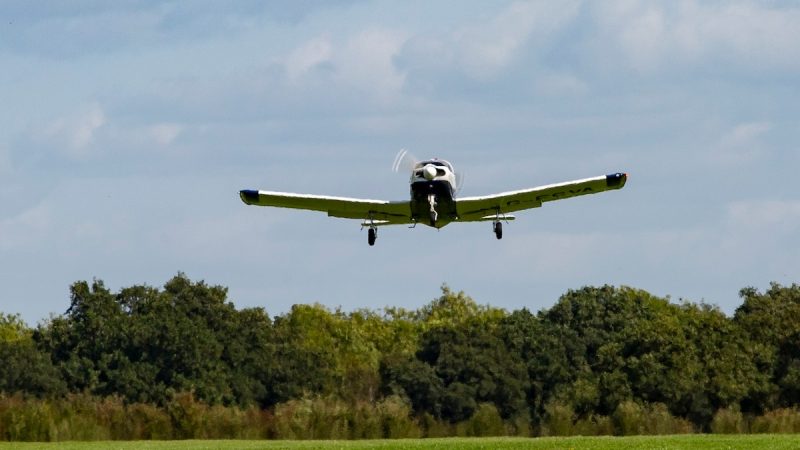Namami Gange boosts Ganga water quality; Gaps remain in India’s waste disposal targets, says Govt report

The Namami Gange programme has improved Ganga’s water quality, meeting bathing standards except in two Uttar Pradesh stretches. No fish mortality reported since 2017. EPR targets lag: battery waste achieved 53,755 of 3.35 lakh metric tonnes; plastic waste 19 of 34 lakh
Updated On – 4 May 2025, 06:20 PM

New Delhi: The Namami Gange programme has led to the entire stretch of the Ganga, except two areas in Uttar Pradesh, meeting bathing water standards on three criteria, with no incidence of fish mortality reported in the river’s main stem since 2017, an official report has said.
The Union Ministry of Environment, Forest and Climate Change, in a note on water pollution to a parliamentary committee, has also highlighted a considerable gap in the Extended Producers Responsibility (EPR) — a comprehensive policy aimed at disposal of various kinds of waste, obligations and the target achieved.
Amid a push for the adoption of green vehicles, the communication noted that the nationwide EPR obligation for battery waste stood at more than 3.35 lakh metric tonnes but the target could be achieved only for 53,755 metric tonnes.
The ministry has submitted the information to the Standing Committee on Science and Technology, Environment, Forests and Climate Change.
Similarly, the EPR obligation for plastic waste was for more than 34 lakh metric tonnes but the target could be achieved for around 19 lakh metric tonnes.
The situation was, however, better in e-waste as the corresponding nationwide figures for it stood at more than 2.75 lakh metric tonnes and over 2.54 lakh metric tonnes.
In the category of tyre waste, the respective figures were nearly 20.35 metric lakh tonnes and around 17.32 metric lakh tonnes.
In its comments on the Namami Gange programme, launched by the Narendra Modi government for conservation and rejuvenation of the Ganga, the note said its waters passed the pH, dissolved oxygen and biological oxygen demand criteria for bathing except in the stretches between Farrukhabad and Purana Rajapur in Kanpur, and Mirzapur to Tarighat.
It said no incidence of coloured water discharge and fish mortality in the river’s main stem had been reported since 2017.
The programme has also led to the saving of about 719 MLD (megalitres per day) of groundwater, annual energy conservation of 1,277 megawatts and reduction in carbon footprint, it added.






